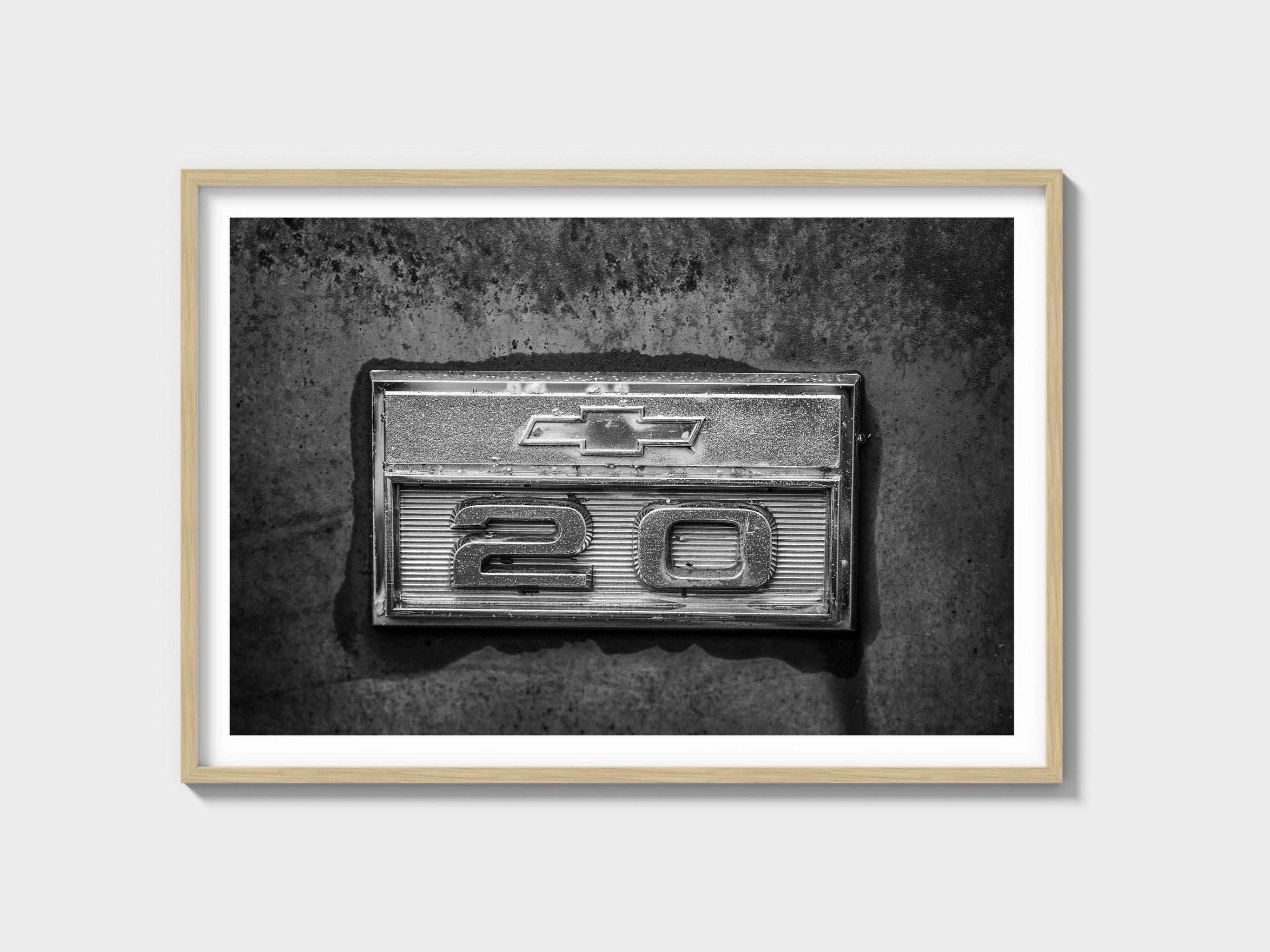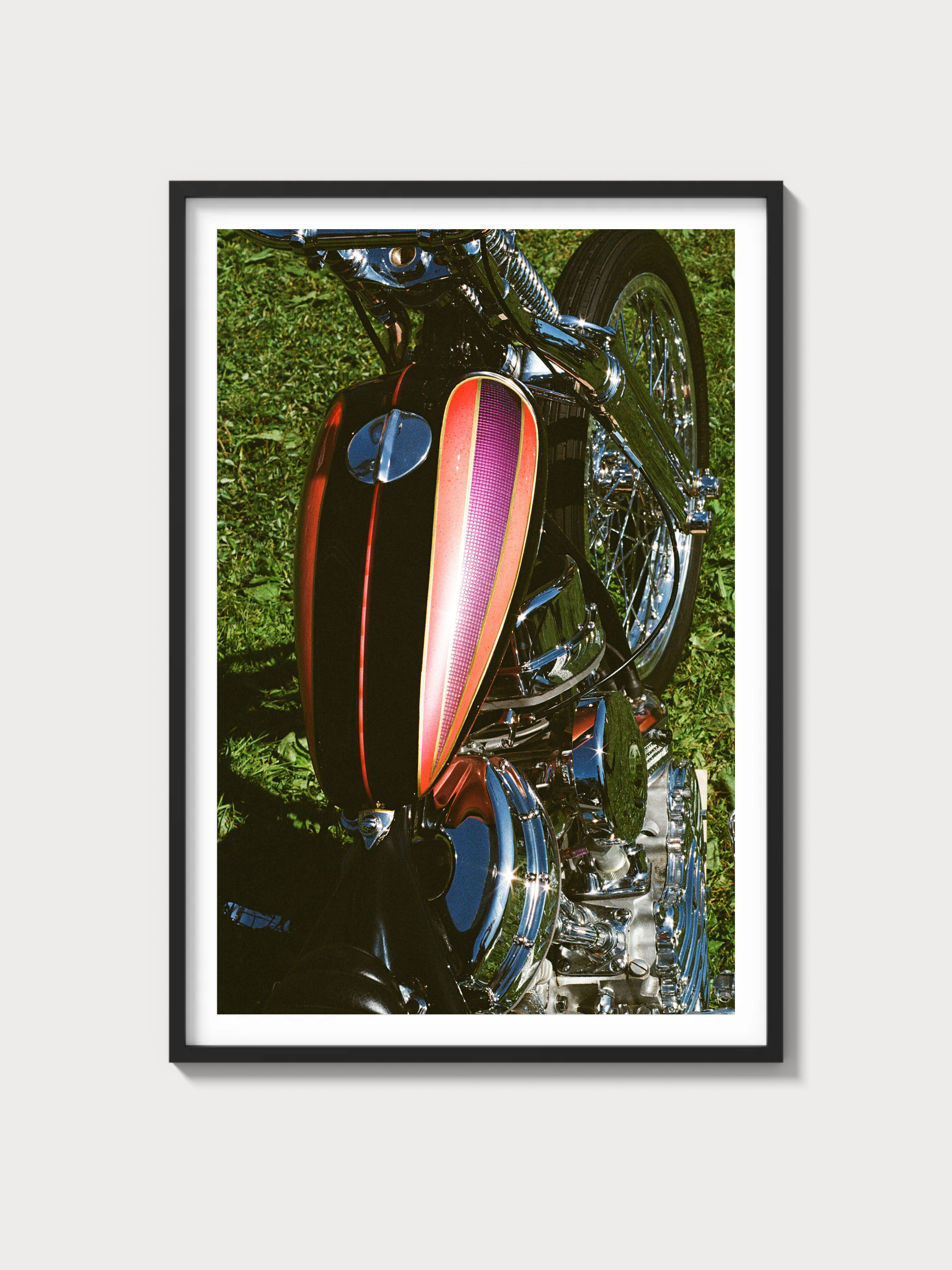2015–2022 Chevrolet Colorado Base: The Purist’s Second-Gen Workhorse
Historical Context and Development Background
The second-generation Chevrolet Colorado (internal architecture: GMT31XX) marked General Motors’ return to the North American midsize pickup segment for the 2015 model year after a brief hiatus. Built in Wentzville, Missouri alongside its GMC Canyon twin, the Colorado leveraged GM’s global midsize truck platform with North American calibration and safety requirements. The mission was clear: deliver a right-sized pickup that felt more maneuverable than a full-size Silverado yet carried real truck credibility—payload, towing, and durability—rather than acting as a lifestyle accessory.
The Base trim sat at the very bottom of the range and was intentionally stripped back. In its earliest years it came as an Extended Cab, rear-wheel drive workhorse with the 2.5-liter four-cylinder and a six-speed manual transmission. As the lineup matured—with Work Truck (WT), LT, Z71, and the off-road ZR2 models filling out the spectrum—the entry-level Base served fleets and buyers who valued simplicity, vinyl practicality, and a lower MSRP more than gadgetry. Over time the Base designation was phased out in many configurations as WT effectively became the de facto entry point, but the Base specification remains noteworthy as one of the last Chevrolet pickups offered with a manual gearbox in North America.
Competitively, the Colorado family targeted the Toyota Tacoma and Nissan Frontier, with the Honda Ridgeline as an outlier given its unibody construction. GM differentiated the Colorado by offering a broad powertrain spread (including a diesel later in the range, though not in the Base) and by emphasizing a quieter cabin and more refined ride than prior-generation small trucks. In motorsport, the platform’s credibility was underpinned by factory-supported ZR2 entries in desert racing via Chad Hall Racing—family relevance, even if the Base itself kept its boots on the jobsite rather than on the podium.
Engine and Technical Specifications (Base 2.5L)
At the heart of the Base is GM’s 2.5-liter Ecotec LCV inline-four—direct injection, variable valve timing, and an iron cylinder liner within an aluminum block. It is tuned for torque delivery appropriate to light hauling and efficiency rather than outright pace.
| Specification | Detail |
|---|---|
| Engine code | Ecotec LCV |
| Configuration | Inline-4, DOHC, 16 valves, VVT |
| Displacement | 2,457 cc |
| Induction | Naturally aspirated |
| Fuel system | Direct fuel injection |
| Compression ratio | 11.3:1 (factory spec for LCV) |
| Bore x Stroke | 88.0 mm x 100.0 mm (3.46 in x 3.94 in) |
| Horsepower | 200 hp @ 6,300 rpm (SAE) |
| Torque | 191 lb-ft @ 4,400 rpm (SAE) |
| Redline | Not specified by GM for truck application |
Driving Experience and Handling Dynamics
The Base Colorado feels authentically truck-like without the ponderous size of a full-size. Steering is via electric power assist, calibrated for light effort in parking maneuvers and reasonable on-center stability at highway speeds. The frame is fully boxed, and the suspension architecture is conventional: independent coil-over front with twin control arms and a solid rear axle on leaf springs. This yields a ride that is settled with a modest load in the bed and acceptably controlled when unladen.
The 2.5L inline-four prioritizes tractability over theatrics. It’s smooth for a truck four-cylinder and makes its best work in the midrange, supported by a long-legged axle ratio chosen to balance cruising economy with light-duty towing. The six-speed manual (standard in Base during early years) adds a degree of engagement that’s rare in modern pickups; throws are honest and gearing suits the engine’s characteristics. Availability of a six-speed automatic in the most basic configuration varied by year and market; higher trims offered automatic boxes broadly. Throttle response is typical of GM’s drive-by-wire systems of the period—progressive, not abrupt—and stability control calibration is tuned to accommodate payload without being intrusive.
Braking hardware is sized for duty: a ventilated disc setup up front paired with drums at the rear, with ABS and stability control standard. The system’s bias and pedal feel aim for predictability under load more than sports-sedan bite. The Base’s narrower tires and modest unsprung weight lend a directness to the way it changes direction on secondary roads that belies the spec sheet, though body roll is present if you push past what the tire and spring rates expect.
Full Performance and Chassis Specifications
Factory literature did not make acceleration claims for the Base; real-world results vary with cab style, axle ratio, tire, and transmission. What matters to most Base buyers is usable torque, predictable braking, and stable towing manners within its rating.
| Metric | Specification (Base, where applicable) |
|---|---|
| 0–60 mph | Not officially published by manufacturer |
| Quarter-mile | Not officially published by manufacturer |
| Top speed | Electronically limited; figure not published |
| Curb weight | Approx. 3,900–4,100 lb (Extended Cab 2WD 2.5L; configuration-dependent) |
| Layout | Front-engine, rear-wheel drive (Base); 4WD generally not offered on Base |
| Brakes | Front ventilated disc, rear drum; ABS, stability and traction control |
| Front suspension | Independent, twin A-arm, coil-over shock, anti-roll bar |
| Rear suspension | Solid axle with semi-elliptical leaf springs |
| Gearbox | 6-speed manual standard in Base early in the run; 6-speed automatic availability varied by year/market |
| Towing capacity | Up to 3,500 lb with 2.5L when properly equipped (per GM ratings) |
Variant Breakdown Within the Second-Gen Colorado Family
While the Base is our focus, understanding the family context helps clarify equipment and desirability tiers. Production totals by trim were not publicly broken out by GM; the table summarizes high-level differences relevant to enthusiasts and collectors.
| Trim/Edition | Model years (2nd gen) | Drivetrain | Engines | Key differences | Production numbers | Primary markets |
|---|---|---|---|---|---|---|
| Base | Primarily early years of 2015–2022 run | RWD | 2.5L I4 (gas) | Extended Cab; manual transmission standard early; steel wheels; minimal convenience features | Not publicly disclosed by GM | U.S., Canada |
| WT (Work Truck) | 2015–2022 | RWD or 4WD | 2.5L I4; 3.6L V6 (varied by year) | Fleet-friendly trim; expanded configurations versus Base; automatic widely available | Not publicly disclosed by GM | U.S., Canada |
| LT | 2015–2022 | RWD or 4WD | 2.5L I4; 3.6L V6; 2.8L Duramax I4 diesel (from 2016) | Popular consumer spec; more tech and comfort equipment; wider engine availability | Not publicly disclosed by GM | U.S., Canada |
| Z71 | 2015–2022 | RWD or 4WD | 3.6L V6; 2.8L Duramax I4 diesel | Off-road-oriented with upgraded shocks, all-terrain tires, skid plates, styling cues | Not publicly disclosed by GM | U.S., Canada |
| ZR2 | 2017–2022 | 4WD | 3.6L V6; 2.8L Duramax I4 diesel | 2-inch lift, wider track, locking front and rear differentials, Multimatic DSSV dampers, specific fascias | Not publicly disclosed by GM | U.S., Canada |
| ZR2 Bison | Select years within 2019–2022 | 4WD | 3.6L V6; 2.8L Duramax I4 diesel | AEV collaboration: stamped steel bumpers, boron steel skid plates, unique wheels and fender treatments | Not publicly disclosed by GM | U.S., Canada |
Ownership Notes: What Enthusiasts and Fleet Managers Should Know
- Powertrain fundamentals: The 2.5L LCV uses a timing chain (no belt) and direct injection. As with many DI engines, high-quality fuel and regular oil changes per the Oil Life Monitor are sensible practice.
- Service intervals: Follow GM’s official maintenance schedule. Typical intervals include coolant replacement with Dex‑Cool long-life coolant at prescribed mileage/time, and iridium spark plugs at extended intervals specified by the manual. Transmission and differential services should follow severe-duty schedules if the truck tows or operates in dusty environments.
- Recalls and TSBs: The second-gen Colorado line saw recall campaigns in certain early model years addressing intermittent loss of electric power steering assist and other build-specific items; verify VIN for campaign completion. Software updates and service bulletins also addressed shift-quality refinements for automatic transmissions in the broader lineup.
- Parts availability: Excellent. Shared platform components with GMC Canyon and GM’s global 31XX architecture ensure healthy supply, while consumables and wear parts are widely stocked.
- Restoration/refresh difficulty: Straightforward. Body-on-frame construction, good underhood access, and extensive documentation make Base-trim upkeep approachable. Collision repair parts and bed components are readily sourced.
- Towing and payload: The 2.5L is rated by GM up to 3,500 lb when properly equipped. As always, consult the specific truck’s doorjamb label for payload and GVWR particulars, which vary by configuration and options.
Cultural Relevance and Market Perspective
Within enthusiast circles, the Base trim’s significance is subtler than a ZR2 on DSSV dampers, but it resonates with purists. Early Base trucks paired a manual transmission with a modern, quiet cabin and a right-sized footprint—one of the last manual-transmission Chevrolet pickups sold in North America. For collectors who appreciate utility-grade honesty, a clean Base in original specification represents an unusual time capsule amid ever-more complex trucks.
Media attention largely gravitated to the V6 and diesel variants and to the ZR2’s motorsport exploits. Nonetheless, the Base’s simplicity makes it attractive as a project foundation—light overland builds, back-to-basics shop trucks, or simply an efficient runabout with a bed. At auction or dealer lanes, Base examples typically transact below their richly optioned siblings; originality, mileage, condition, and documented recall completion are the primary value drivers rather than options lists.
FAQs: Real-World Questions Answered
-
Which engines were available in the Base trim?
In the North American market, the Base centered on the 2.5-liter Ecotec LCV inline-four gasoline engine. Higher trims offered the 3.6-liter V6 and, from 2016, the 2.8-liter Duramax diesel, but these were not the Base’s remit. -
Did the Base offer four-wheel drive?
The Base was typically rear-wheel drive. Four-wheel drive availability was generally reserved for WT and above; check a specific VIN’s window sticker or build sheet for confirmation. -
Was a manual transmission available?
Yes. In early model years of this generation, a six-speed manual was standard on the Base Extended Cab with the 2.5L. Availability evolved over the lifecycle as trims were consolidated. -
What is the towing capacity of a 2.5L Base?
Up to 3,500 lb when properly equipped, per GM’s published ratings for the 2.5L configuration. -
Any notable reliability concerns?
The platform benefitted from a robust frame and proven components. Owners should verify recall completion, particularly those addressing intermittent electric power steering assist in certain early trucks. Routine maintenance using Dexos-approved oil and attention to severe-duty intervals are key to longevity. -
How does the Base ride and handle compared with rivals?
It offers a calmer cabin and more car-like refinement than many older midsize pickups, with traditional body-on-frame dynamics. Compared to unibody rivals, it rides more firmly unladen but carries loads with more composure. -
What are common wear items?
Front suspension bushings, shocks, and brake consumables follow normal truck duty cycles. Leaf spring bushings and bed mounts are typical inspection points on any working pickup.
Why the Colorado Base Matters
In an era when midsize trucks increasingly blurred into lifestyle crossovers with beds, the Colorado Base delivered something refreshingly focused: capability first, complexity later. For drivers who enjoy the involvement of a manual gearbox and the pragmatism of an unfussy spec, it’s a quietly important chapter in Chevrolet’s truck story.

















































